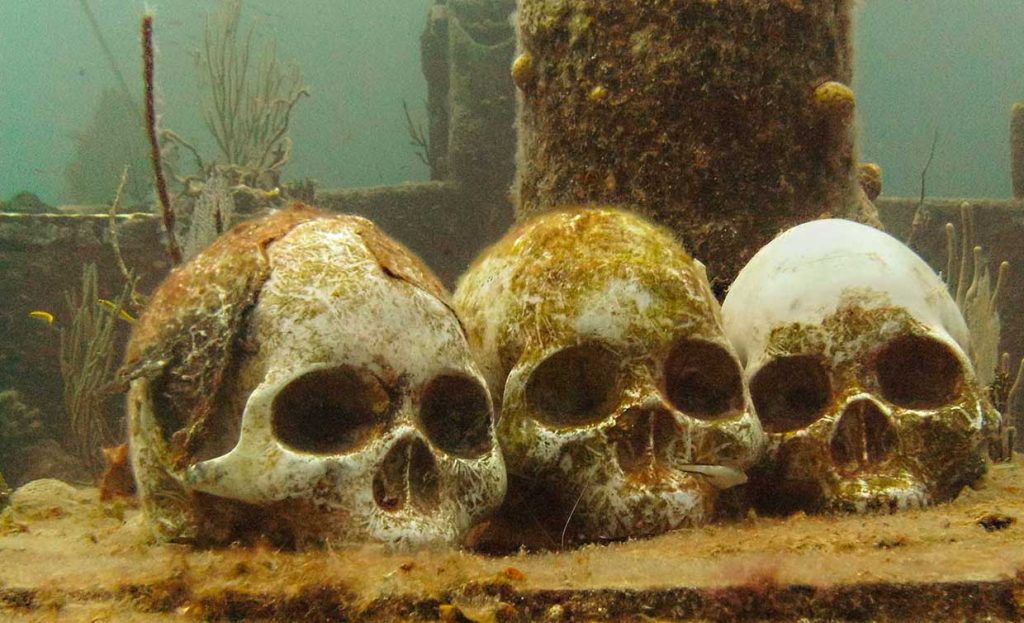Oceanic Garbage
1971 – Jacques Cousteau’s “Our Oceans Are Dying” article is published by The New York Times, warning about the hazards of pollution and coral reef destruction.
1989 – Addressing the UN General Assembly, Britain’s Prime Minister Margaret Thatcher warned that mankind’s activities, “are changing the environment of our planet in damaging and dangerous ways”.
1997 – Captain Charles Moore discovered the Great Pacific Garbage Patch. Sailing from Hawaii to California, Moore and his crew found an endless sea of floating debris, plastic waste and “ghost gear”: abandoned fishing nets, ropes and gear. A water sample contained more plastic debris than marine life.
2015 – Studies determined that of the estimated 6.3 trillion metric tons of total plastic waste generated world-wide, only 9% had been recycled and 12% had been incinerated. | Science Advances
2018 – Research indicates the Great Pacific Garbage Patch is increasing exponentially. This collection of floating trash and plastic has grown to cover an area twice the size of the State of Texas, roughly 618,000 square miles: an area larger than Spain, France and Germany combined. It’s weight was estimated at 88,000 tons. | Nature.com
2050 – Amount of garbage in the oceans is forecast to outweigh all the fish in the sea! | Large scale plastic production and use only began in the 1950’s.

An Oceanic “Gyre” causes the mass debris-convergence referred to as the Great Pacific Garbage Patch. A Gyre is a natural phenomenon resulting from slow moving circular oceanic currents.
There are gyres found in each of the Earth’s five oceans: with accumulations also found in the South Pacific, North Atlantic, South Atlantic and Indian Ocean.
Are Straws Really a Problem?
It’s something you see in every drink you order: shakes, soft drinks, a glass of water. We take it for granted, that little plastic straw. We use it once and throw it away. It doesn’t seem like much but add them up, and they create a huge problem in the environment. The Freedonia Group estimates that 390 million straws are used in the United States every day.
Plastic straws and stirrers are one of the top ten types of garbage found during ocean coastline clean-up projects in the U.S. Imagine how many straws are littering the coastlines of the entire planet. An estimated 71% of seabirds and 30% of turtles have been found with plastic in their stomachs. And when an animal ingests plastic, it’s often fatal. Be part of the solution. Join with us, and give up plastic straws today.
